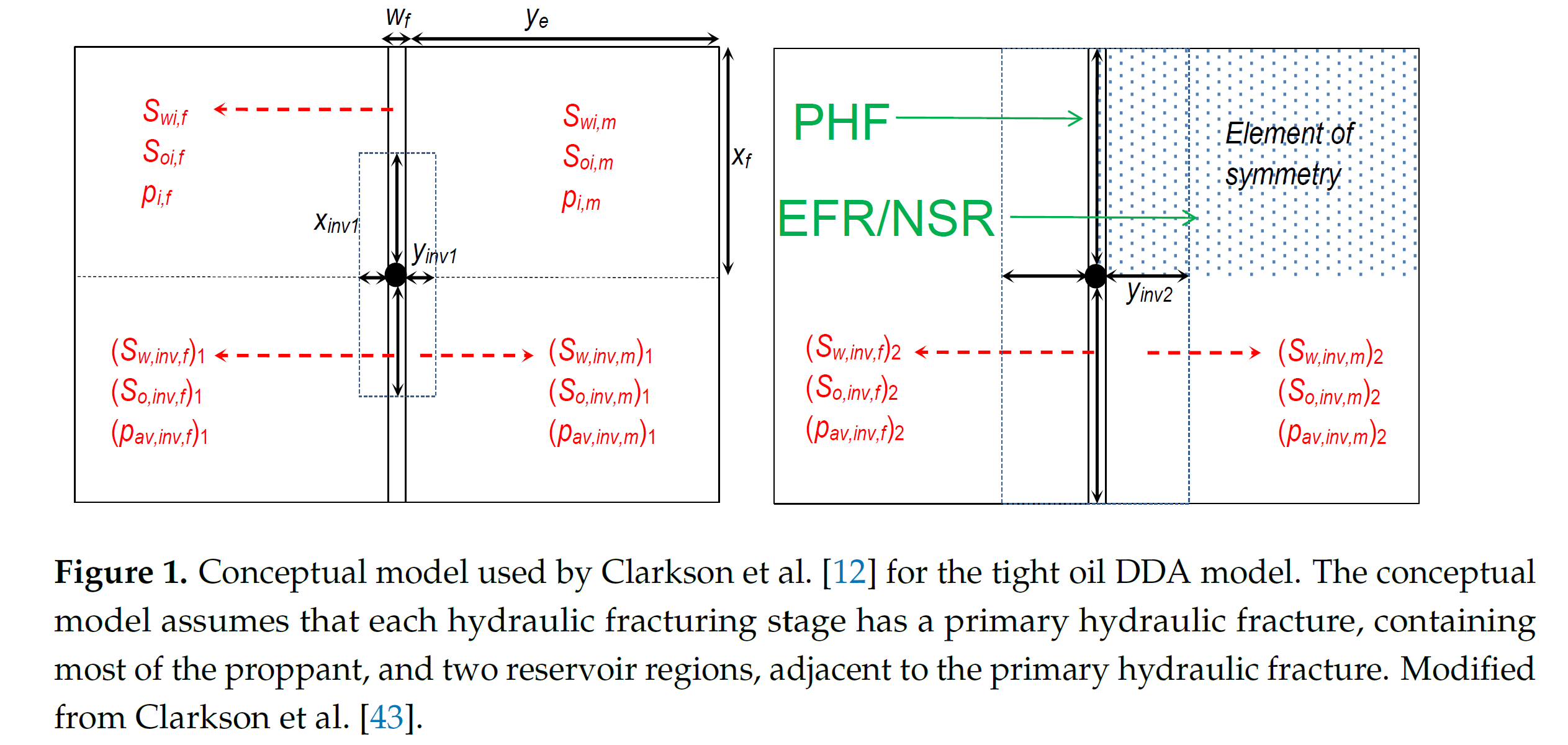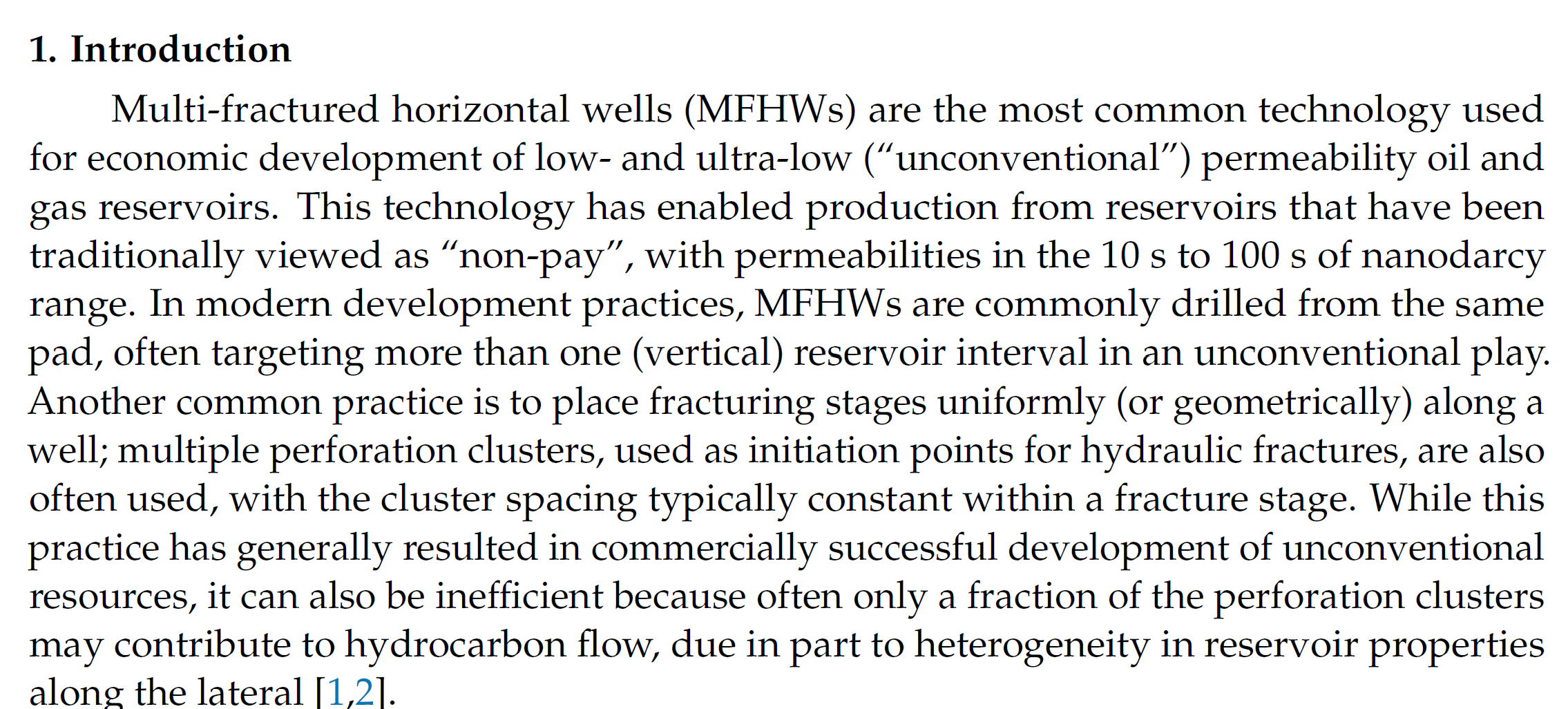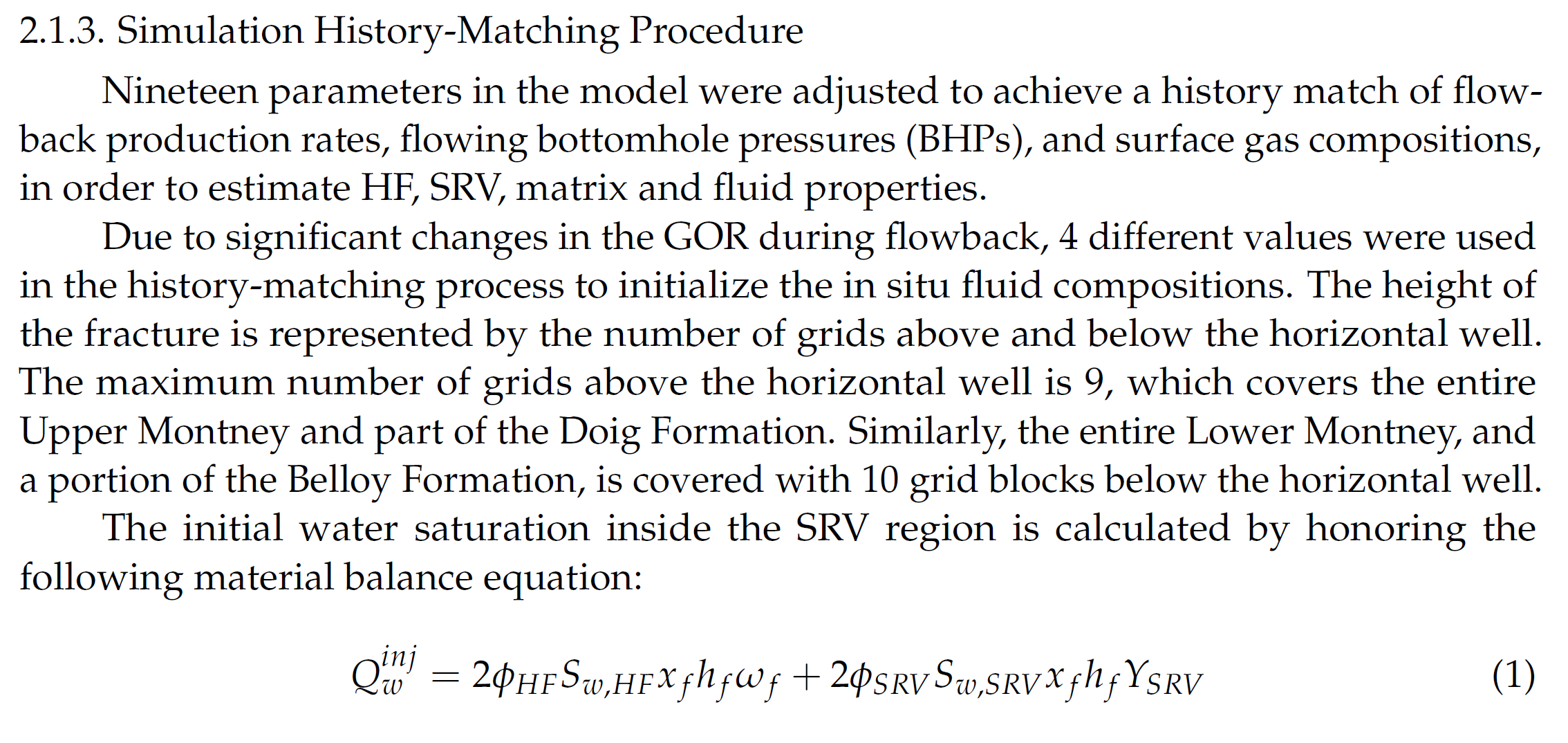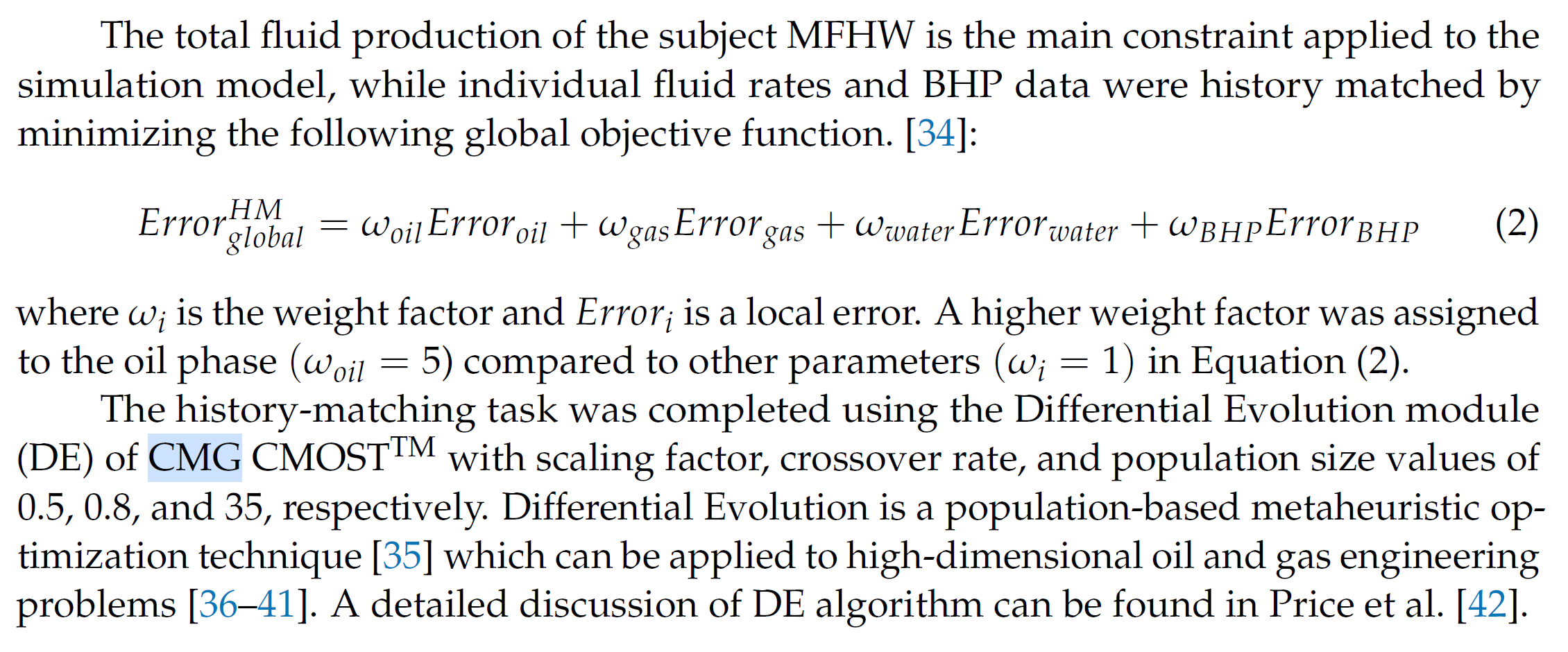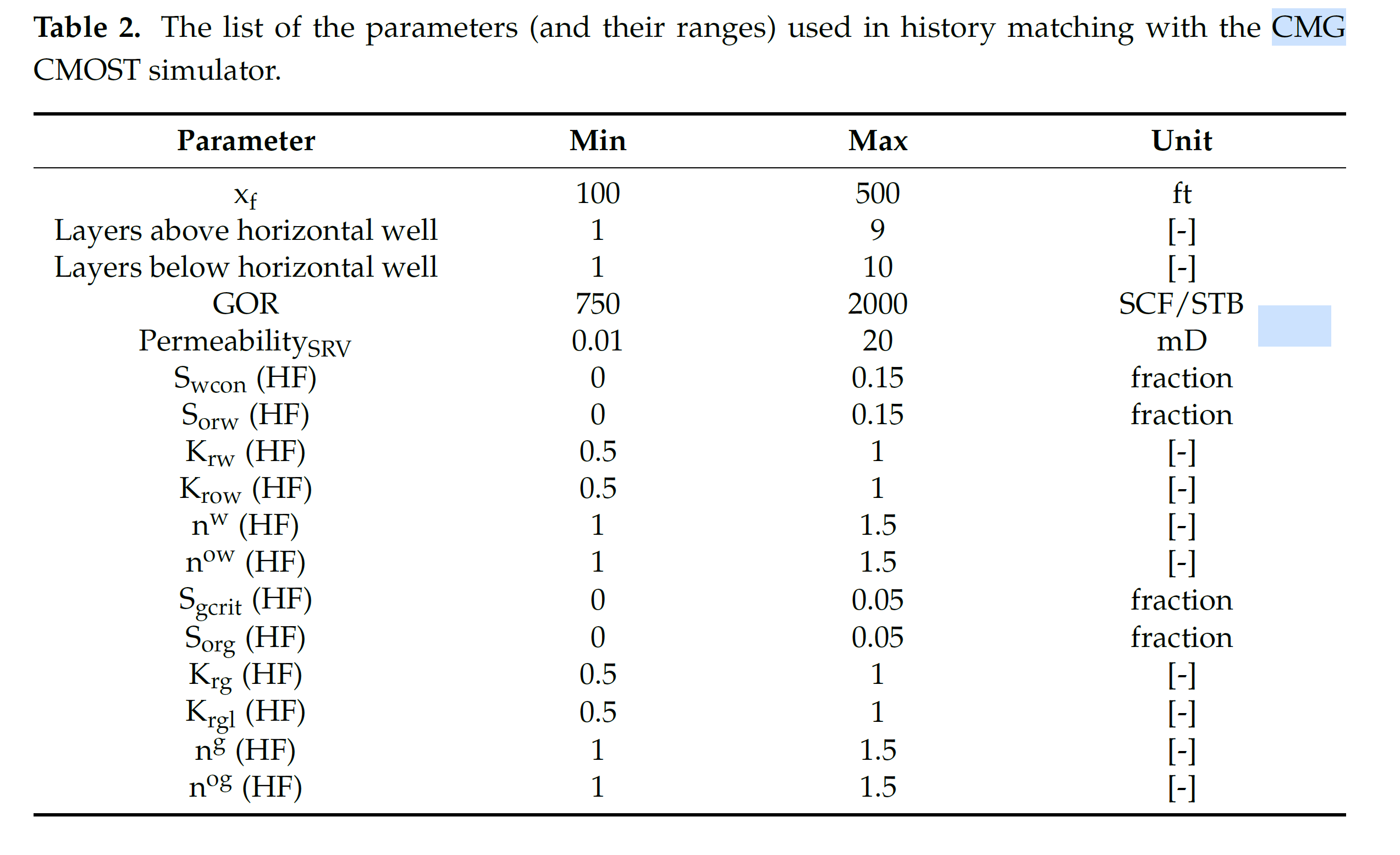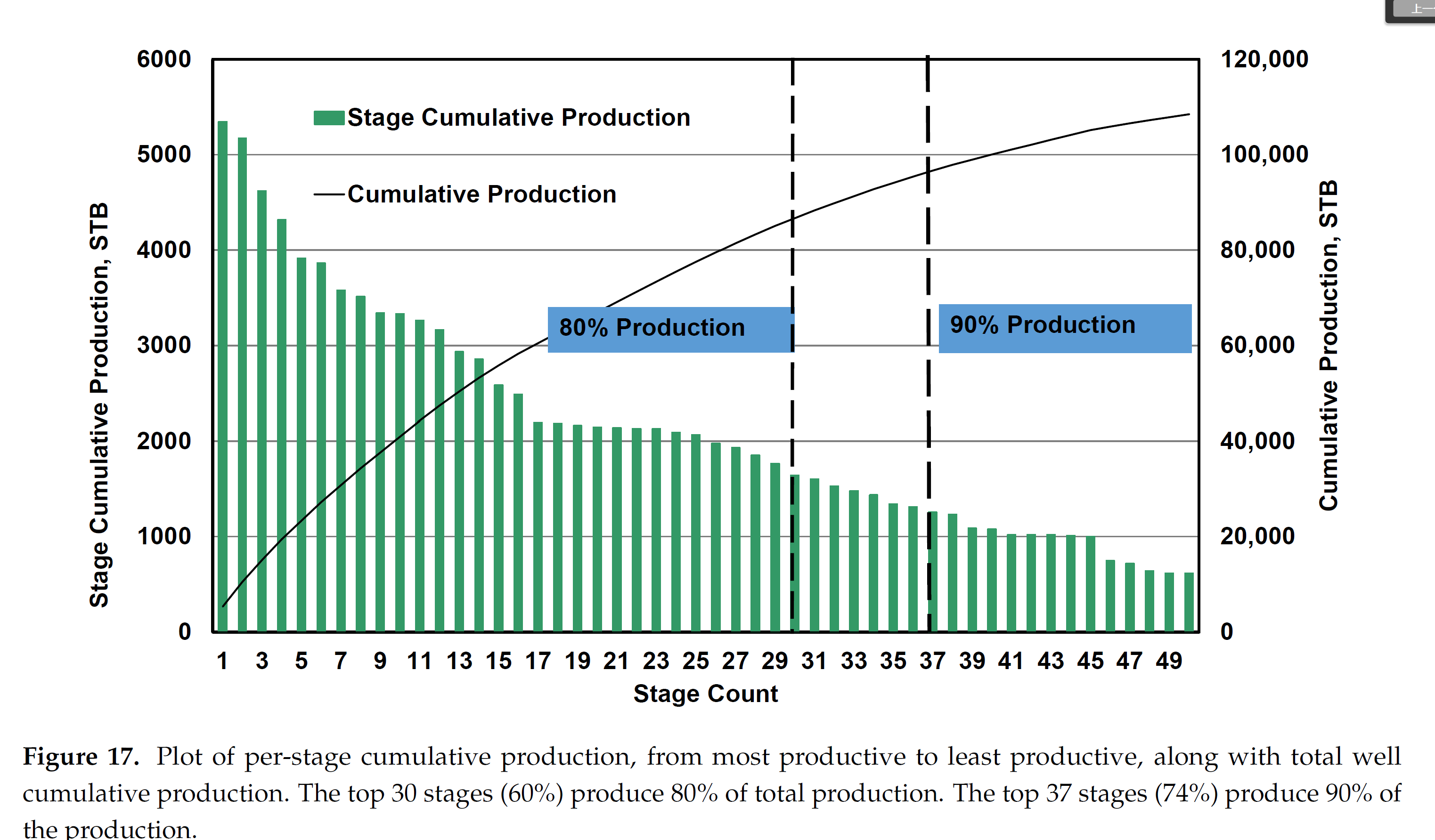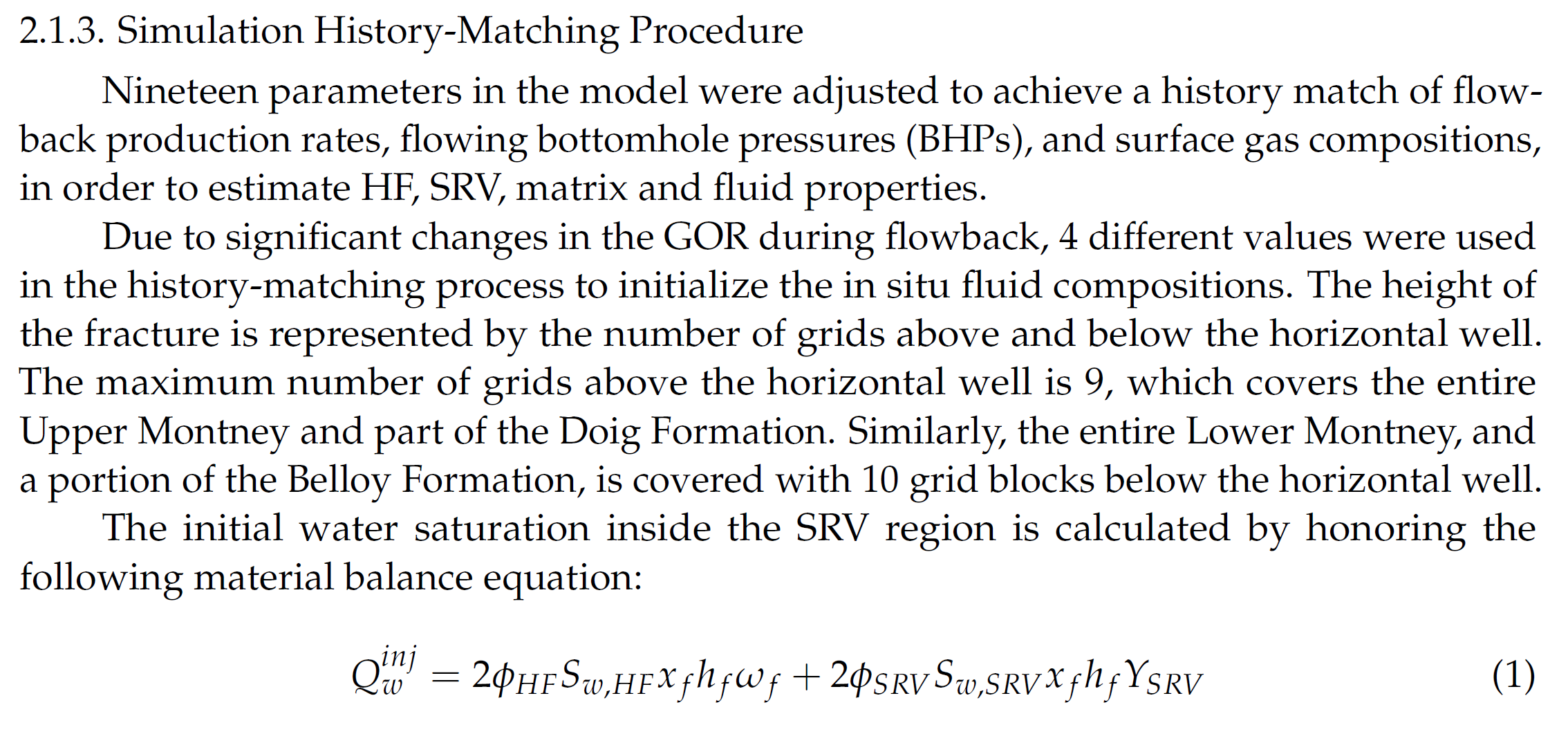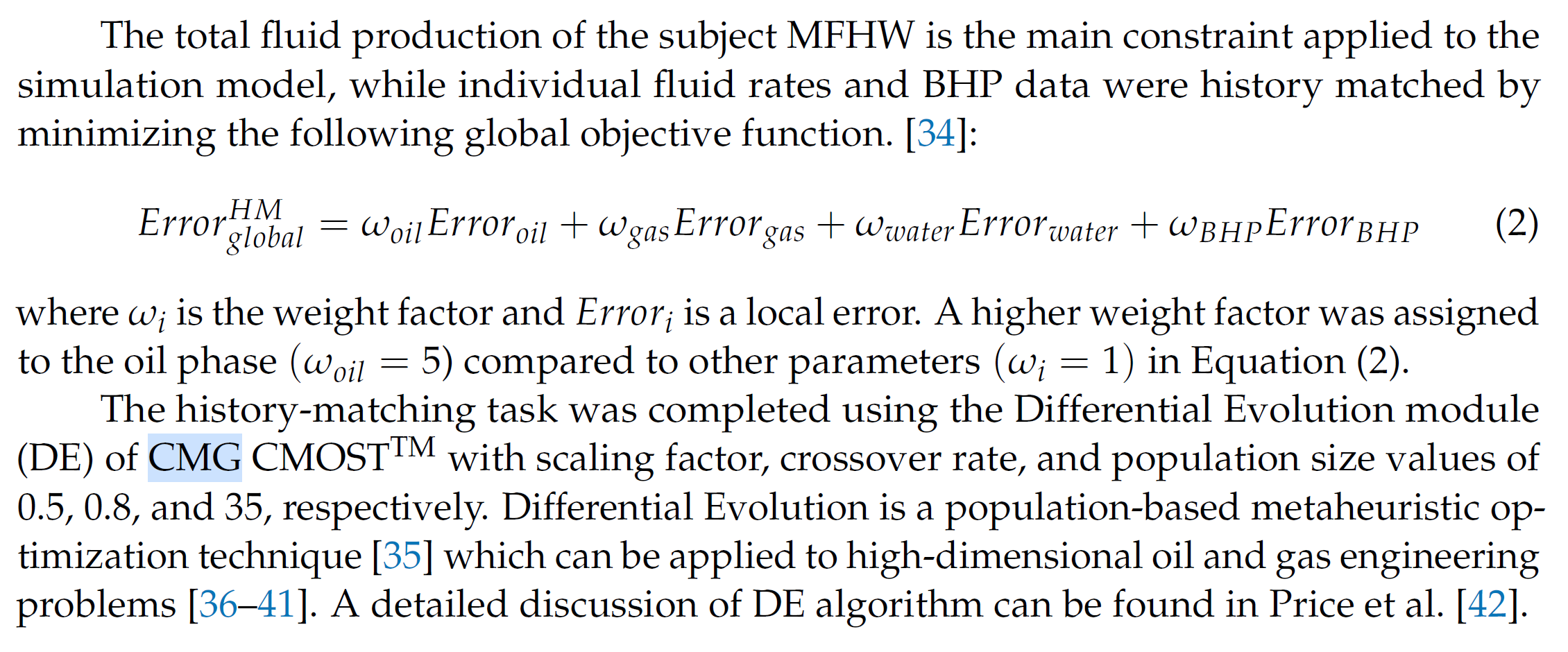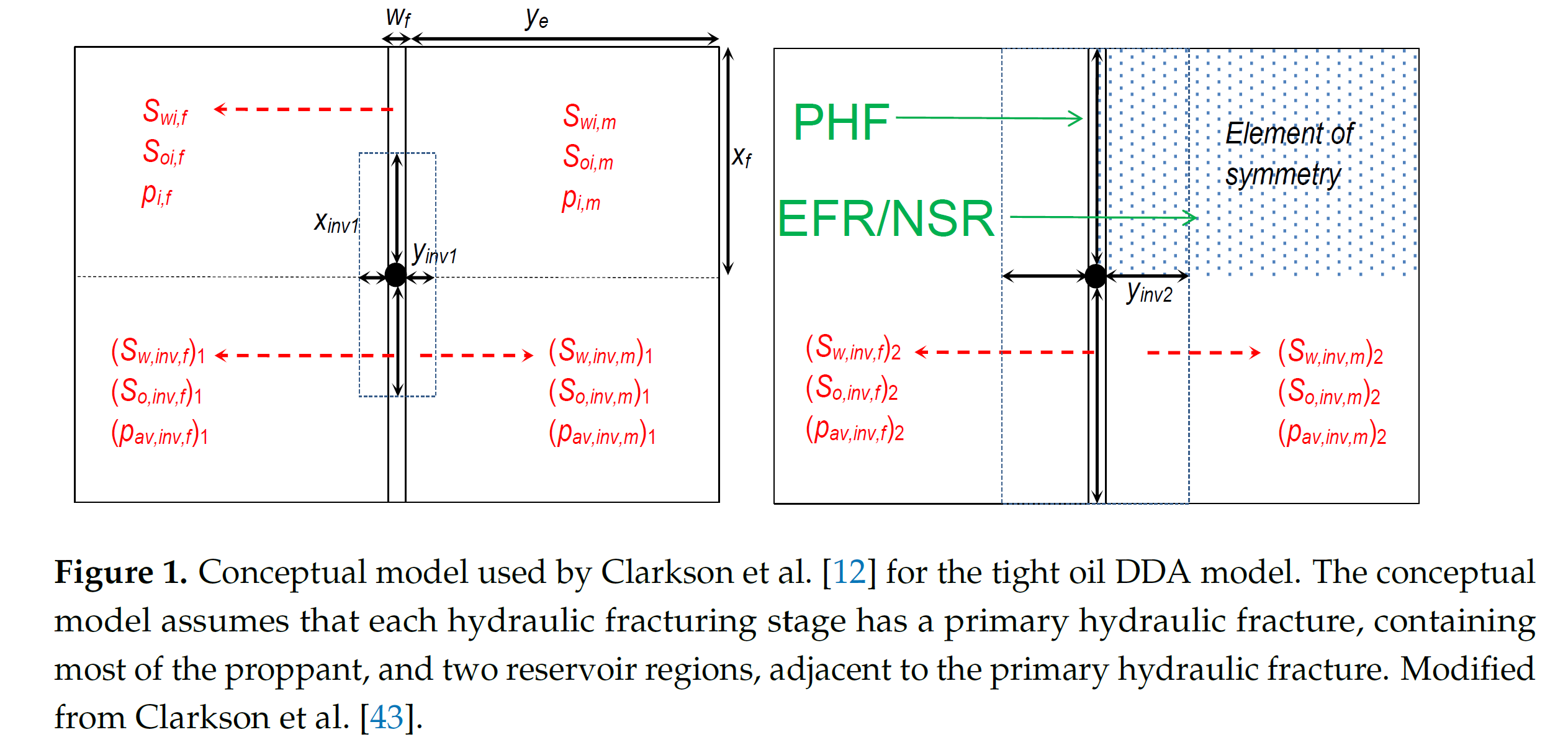Evaluation of Reservoir Quality and Forecasted Production Variability along a Multi-Fractured Horizontal Well. Part 2: Selected Stage Forecasting
Abstract
The current practice for multi-fractured horizontal well development in low-permeability reservoirs is to complete the full length of the well with evenly spaced fracture stages. Given methods to evaluate along-well variability in reservoir quality and to predict stage-by-stage performance, it may be possible to reduce the number of stages completed in a well without a significant sacrifice in well performance. Provision and demonstration of these methods is the goal of the current two-part study. In Part 1 of this study, reservoir and completion quality were evaluated along the length of a horizontal well in the Montney Formation in western Canada. In the current (Part 2) study, the along-well reservoir property estimates are first used to forecast per-stage production variability, and then used to evaluate production performance of the well when fewer stages are completed in higher quality reservoir. A rigorous and fast semi-analytical model was used for forecasting, with constraints on fracture geometry obtained from numerical model history matching of the studied Montney well flowback data. It is concluded that a significant reduction in the number of stages from 50 (what was implemented) to less than 40 could have yielded most of the oil production obtained over the forecast period.
Keywords:
history matching; numerical simulation; dynamic drainage area model; selective stimulation; individual-stage forecasting
